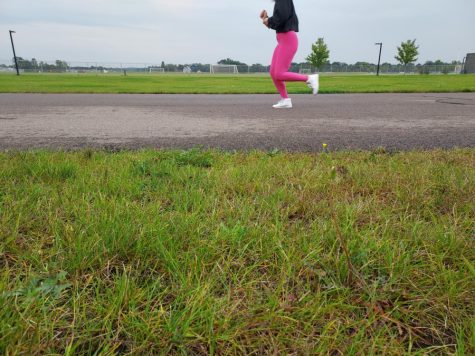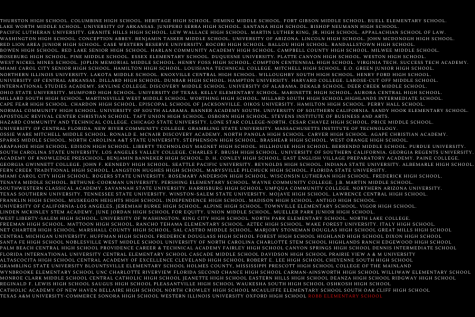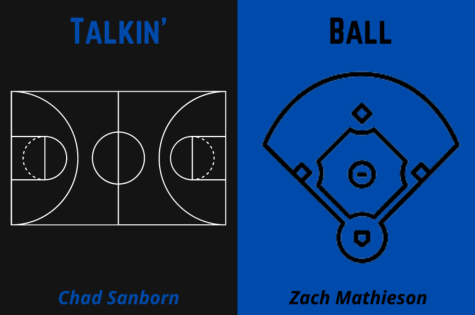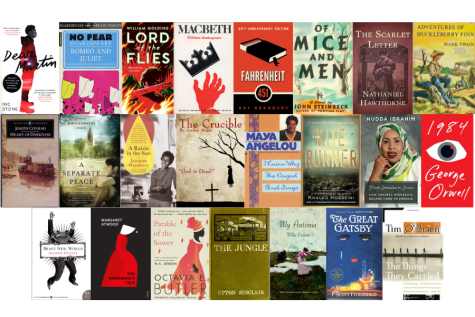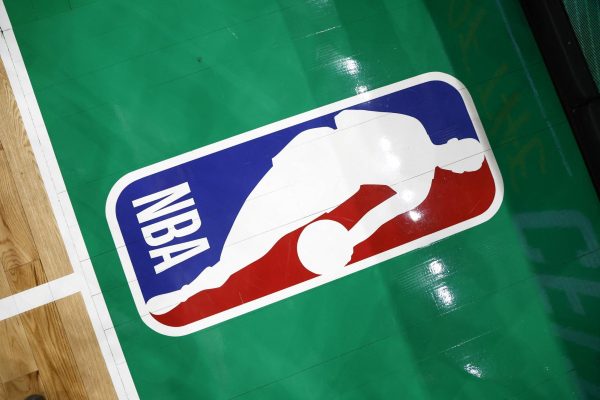A nursing shortage is sweeping across the nation
The 27th addition of the Grays Anatomy textbook with medical stethoscope around.
The medical field is struggling with the ongoing nursing shortage around the nation.
One of the largest reasons for this is the high costs of education and licensure to become a nurse. Even before COVID became an everyday thing, there was already a huge strain on the amount of nurses and the healthcare system. Some recommendations that may help with the nursing shortage is to promote nursing as a profession to high school students everywhere. By doing this they will be able to help the students bring it into consideration and increase the applicants into the nursing programs when
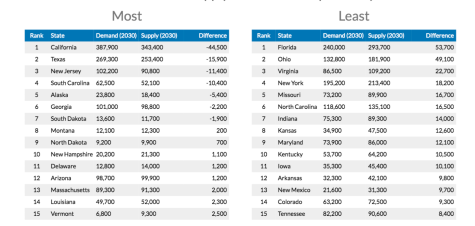
they did not even think about it before.
Another way to help the student choose this profession is to offer more classes within their time in school. Doing this will help the students cut off a large portion of their college and the prices of the classes needed to become a nurse.
There is a lack of interest within going into the medical field and nursing programs. Offering and promoting other options for financial help for students would also help them make the decision to go into nursing. They will not have as much of a debt burden once they are done with college and all of the classes.
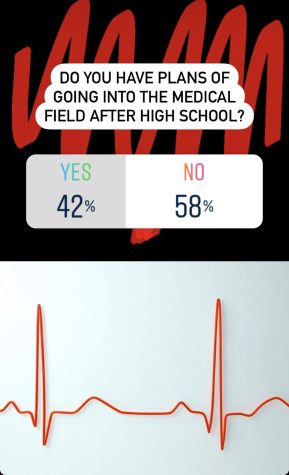
A survey was conducted through an SHS student instagram account and the results showed that 48 or 42.1% of the 114 people
said yes and 66 students or 57.9% of the 114 people said no. The results clearly stated the issue is that there are not enough high school students going into the medical field and nursing programs. If some of these suggestions are implemented, this issue may be able to be changed and solved within the next few years.
The U.S. of Labor Statistics (BLS) projects 12% growth for RNs and 11% growth for LPNs by 2028. The largest reason for the nursing strain is the aging population and the broadening access to public health care. Throughout the healthcare system the nurses have the largest burden and have the most responsibility on their shoulders. The BLS projects that from 2022 on there will be around 100,000 RN jobs available per year. This is because the medical field is anticipating over 500,000 seasoned RNs to retire within
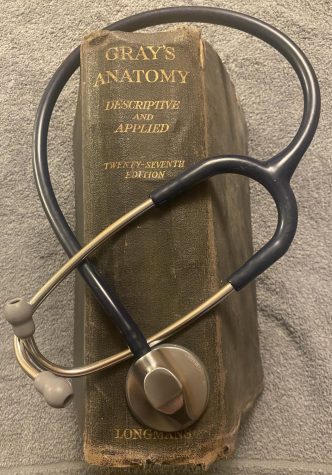
the next few years.
Throughout the last two years the age of employed RNs has increased by nearly two years. It went from 42.7 up to 44.6 years. This is because the need for nurses has been so large that they stay at work instead of retiring as they want to. The medical field will be in need of over 1.1 million new nurses to be able to replace all of the retirees and to avoid the ongoing nursing shortage.

Hey! I am Kelsi Linn, and I am a senior at Sartell High School. I enjoy spending time with my family, being outside, and going on drives with my friends....




